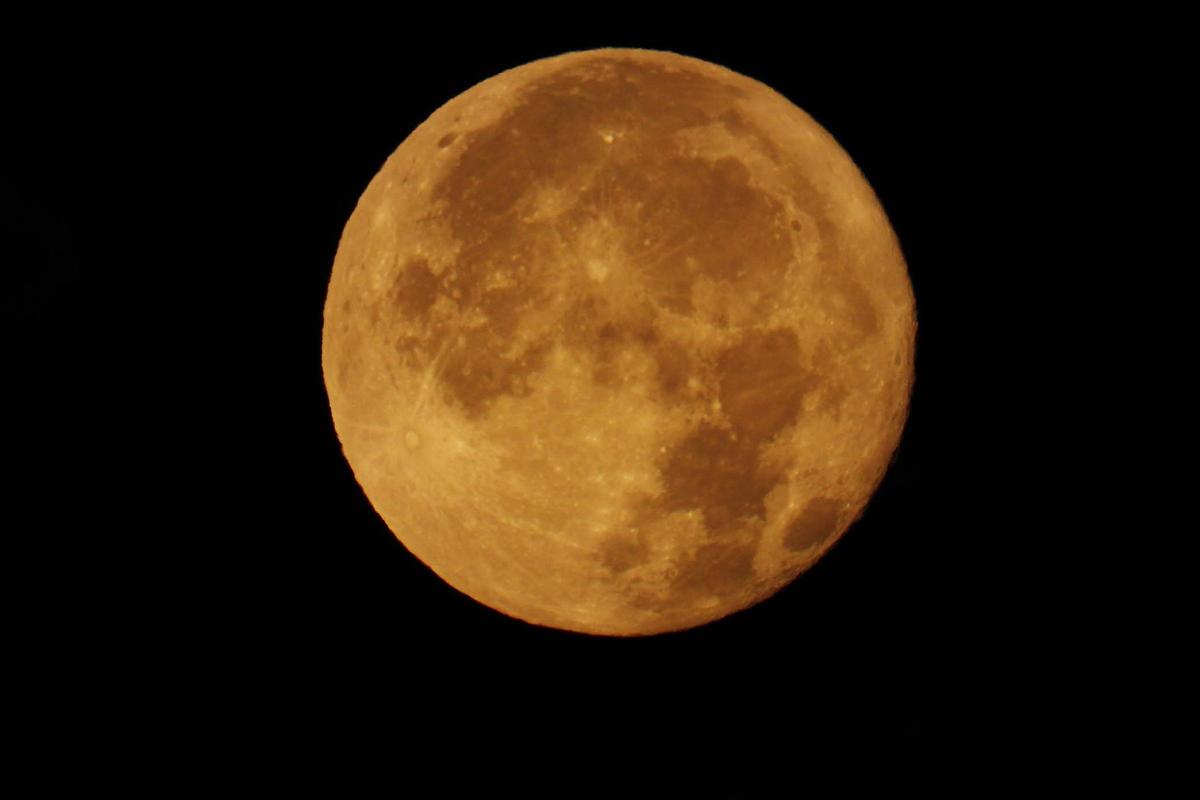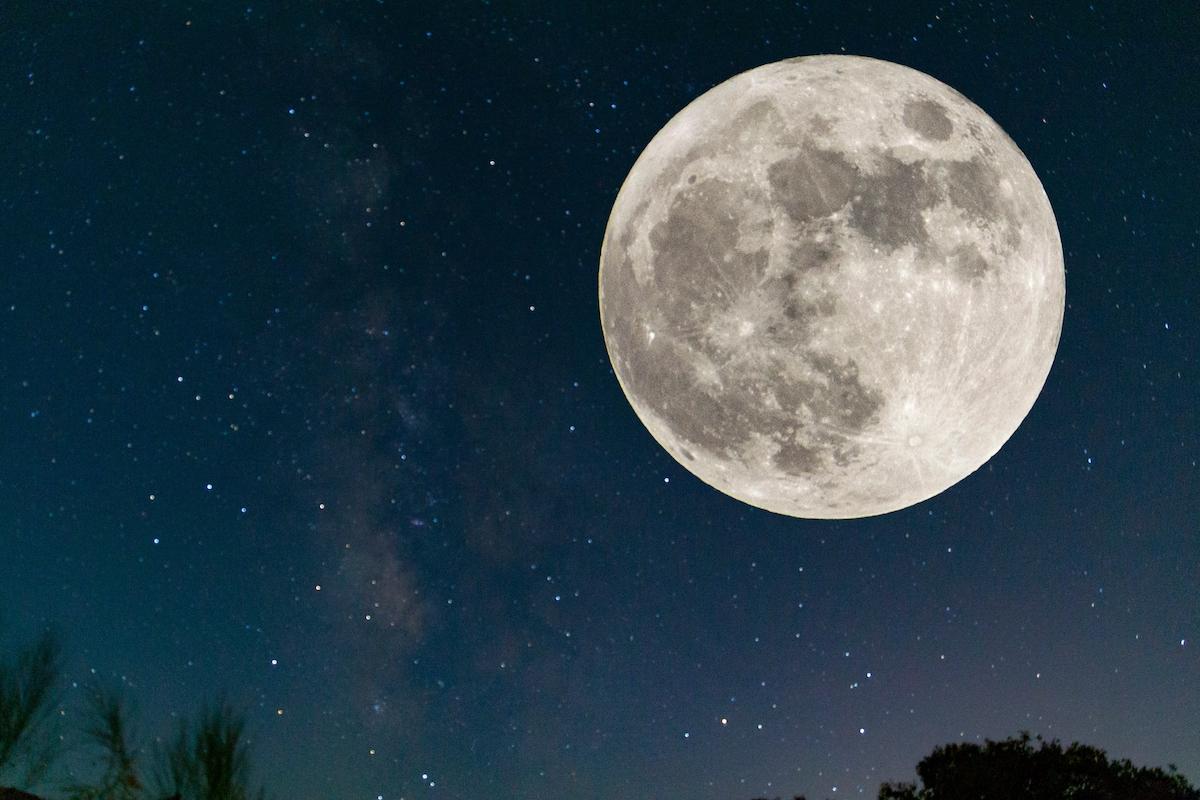Full ‘Hunter’s Moon’ Set to Grace the Autumn Night Sky October 28, 2023
October 24 | Posted by mrossol | Environment, InterestingBy the light of the autumn full moon, hunters once readied their muskets, seeking game in preparation for the coming winter. This early tradition gave rise to the event known as the Hunter’s Moon, occurring every fall around this time.
How the Hunter’s Moon Got Its Name
The low-hanging Hunter’s Moon once provided light for peoples of various traditional cultures, enabling them to spot game such as deer or elk that came to feed on scraps from the harvest in the fields. Foxes or coyotes also arrived to prey on these animals. With this convenient moonlight and plentiful game, men set out to hunt to supplement their stores with meat before winter fell—hence the name Hunter’s Moon.
How we use the name Hunter’s Moon depends on certain factors, both calendrical and astronomical. Usually the Hunter’s Moon is in October—like this year’s is—but sometimes it’s in November. Understanding why this is so can get complicated. Let us explain.
Most full moons during the year are prescribed names based on what calendar month they fall in. Yet both the Hunter’s Moon and Harvest Moon are exceptions. They aren’t assigned to any calendrical month but by their association with an astronomical event—the autumn equinox.

The equinox marks the start of fall. It’s when Earth’s axis begins tilting away from the sun, and when the Earth’s orbital plane crosses south of the celestial equator. This explains why we have seasons, and why as summer ends and fall begins, temperatures grow increasingly colder.
Peak Illumination, Astronomy, and Moon Illusion
The best time for viewing this year’s Hunter’s Moon will be during peak illumination on Saturday, Oct. 28. Yet the nights on either side—on Oct. 27 and 29—will look pretty good, too, as the moon won’t have moved much. The full moon reaches its zenith at 4:24 p.m. EDT when it will be below the horizon viewed from North America. So you’ll have to wait until sunset for it to rise. Full moons only occur when the sun and moon are directly on opposite sides of the Earth, which is why when one rises the other is always setting.
Notably, this year’s Hunter’s Moon will have a planetary companion. Our solar system’s largest planet, Jupiter, will appear shining brightly right under it. Their apparent proximity is a mere illusion, however; Jupiter is actually 1500 times farther away than our moon.

The Hunter’s Moon will appear to linger in the constellation Aries—which is a break from the norm. It is typically found within Pisces or sometimes Cetus the Whale.
Some say both the Hunter’s Moon and Harvest Moon seem larger than other full moons. This may be because of the “moon illusion.” Around the time of the equinox, the moon’s orbit keeps very close to Earth’s orbital plane, tying our lunar satellite near the horizon when viewed from Earth. Thus, terrestrial objects such as buildings or trees are drawn into stark size contrast with the moon, making it seem relatively larger. This is a mere optical effect caused by the moon’s proximity to the horizon.
The Hunter’s Moon might also seem oddly orange compared to other moons—how fitting for the fall season! Pollution or smoke in the air may lend to this effect when the moon is near the horizon. Light being scattered through more of the Earth’s atmosphere could also contribute to that festive pumpkin glow.





Leave a Reply
You must be logged in to post a comment.